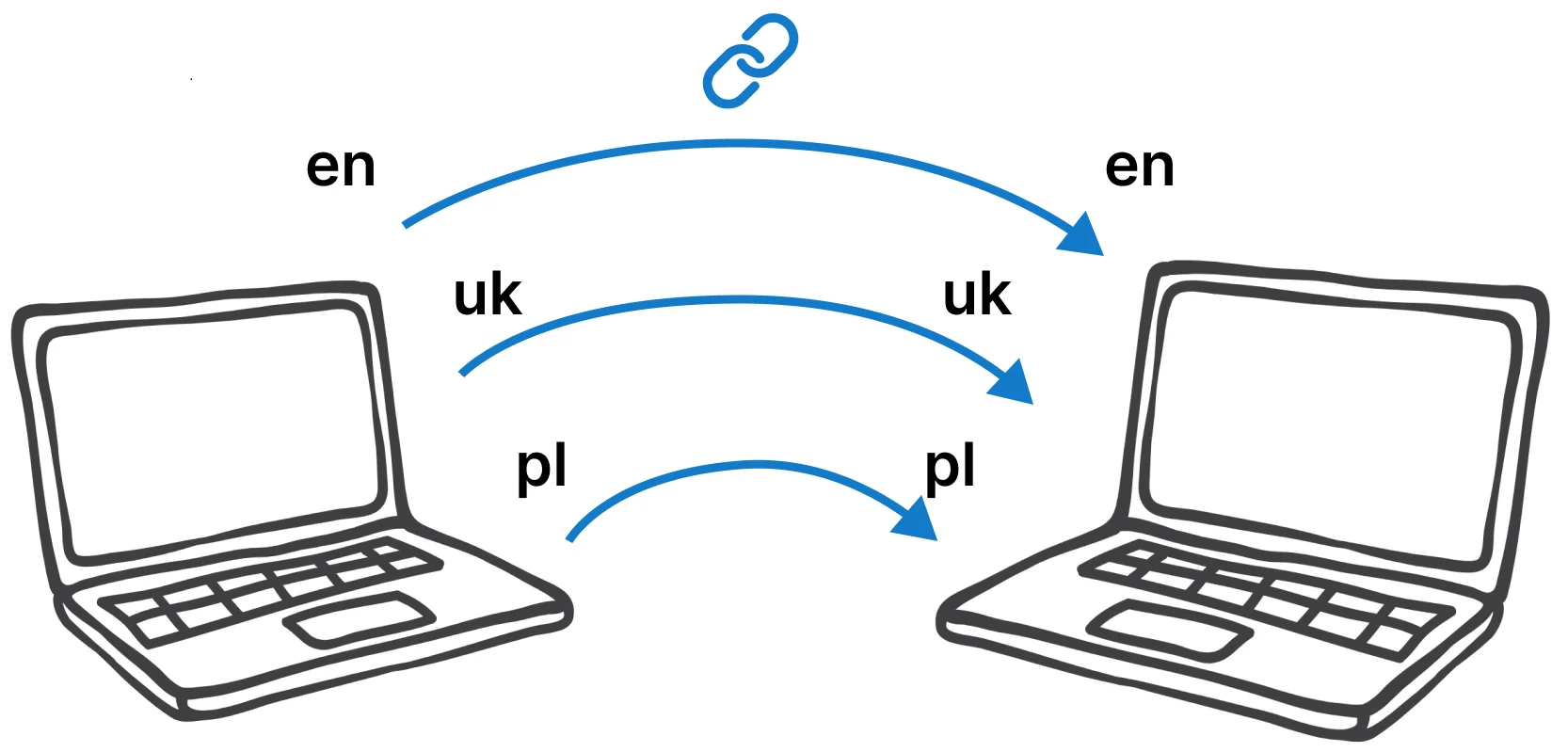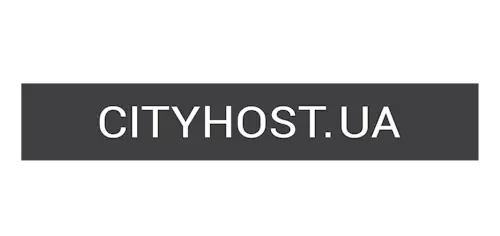
- When Google Counts Multiple Links and When Just One
- Ways to Implement Multilingualism
- The Role of the hreflang Attribute in Differentiating Language Versions of a Website
- How to Check if the Settings Are Correct
When planning guest posts or paid link placements, the question often arises: if a website has several language versions and, accordingly, several translations of the same article, how are backlinks counted for the domain — as one link or as separate ones?
When Google Counts Multiple Links and When Just One
In most cases, the search engine treats each language version as a separate page if it has its own URL. This means that an article published in Ukrainian, English, and Russian can bring three links, provided that each translation has its own address.

However, there are exceptions. If a site implements language dynamically — meaning the text is replaced by a script while the page address in the browser remains unchanged — then Google sees only one page. Accordingly, the link is counted as just one.
Ways to Implement Multilingualism
Multilingual functionality can be implemented in different ways, and this directly affects how Google counts backlinks:
Subfolders
This is the most common option, where all language versions are stored on the same domain. For search engines, these are separate pages with unique URLs, so links from each version are counted separately.
Example: site.com/ua/, site.com/en/.

For instance, the language versions on Cityhost.ua are implemented through subfolders on a single domain.
Subdomains
With this approach, each language gets its own subdomain. Google also treats them as independent addresses, so backlinks are counted separately.
Example: ua.site.com, en.site.com.
Separate Mirror Domains
This method is used by large international companies that create local websites for each market. In this case, each site receives its own set of backlinks, although managing such a structure is significantly more complex.
Example: mysite.ua, mysite.com, mysite.de.
Dynamic Language Switching
In this case, the page technically remains the same, and the language changes through scripts or cookies. The address in the browser does not change. For Google, this is a single page, so the backlink will also count as just one, regardless of the number of translations.
Read also: Promotion with eternal and temporary links
The Role of the hreflang Attribute in Differentiating Language Versions of a Website
Google has a tool that helps recognize page translations and prevents them from being perceived as duplicates — the hreflang attribute. It is added to the code to indicate which versions of a page correspond to specific languages and regions.
If it is configured correctly, the search engine recognizes these as translations and properly distributes link equity across all language versions. However, if hreflang is missing or contains errors, Google may interpret the pages incorrectly — for example, treating them as duplicates.
Checking for this attribute is simple: just open the page code (Ctrl+U) and look for hreflang lines in the <head>. In many cases, you will see something like this:
<link rel="alternate" hreflang="uk" href="https://example.com/uk/" />
<link rel="alternate" hreflang="en" href="https://example.com/en/" />
If such entries are present, the language versions are properly linked to each other.
For example, on the Cityhost website, the option with country specification is used for each language version. This allows search engines to better target the Ukrainian audience:

In this example ru-ua — Russian language for users in Ukraine, uk-ua — Ukrainian for Ukraine, en-ua — English version also aimed at the Ukrainian market.
Read also: How to Build a Strong Link Profile for Your Website in 2024
How to Check if the Settings Are Correct
To understand how language versions work on the site where you plan to place a link, simply go through several pages and try switching the language. If each version has a unique URL (preferably with a language marker), you will get as many backlinks as there are language pages published.
If the language switches but the browser address does not change, this means dynamic switching is used through scripts or cookies. In this case, all translations are considered one page, and the backlink will count only once.
Conclusion: when translations are implemented correctly, each language version gives you a separate link. Together, they form greater link equity for the site.
The most optimal setup is when both your partner and you have several language versions (for example, Ukrainian and English). Then, from the Ukrainian guest article, the link leads to the Ukrainian page, and from the English one — to the English page. This not only strengthens the overall link equity of the site but also makes the links relevant for different language searches. Each version gains its own link boost, and thanks to hreflang, search engines understand that these are interconnected pages of the same resource, which positively affects the site’s overall rankings.










